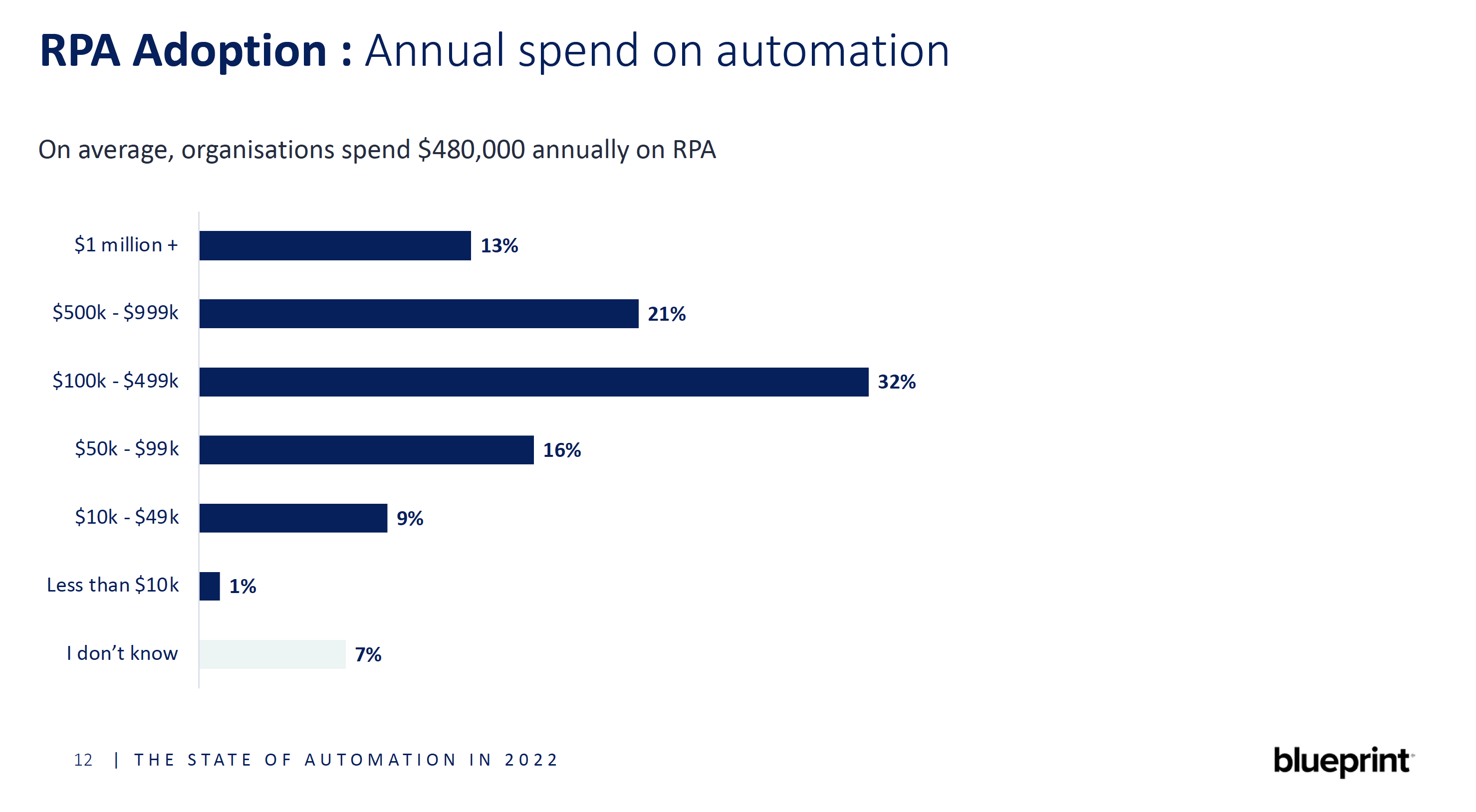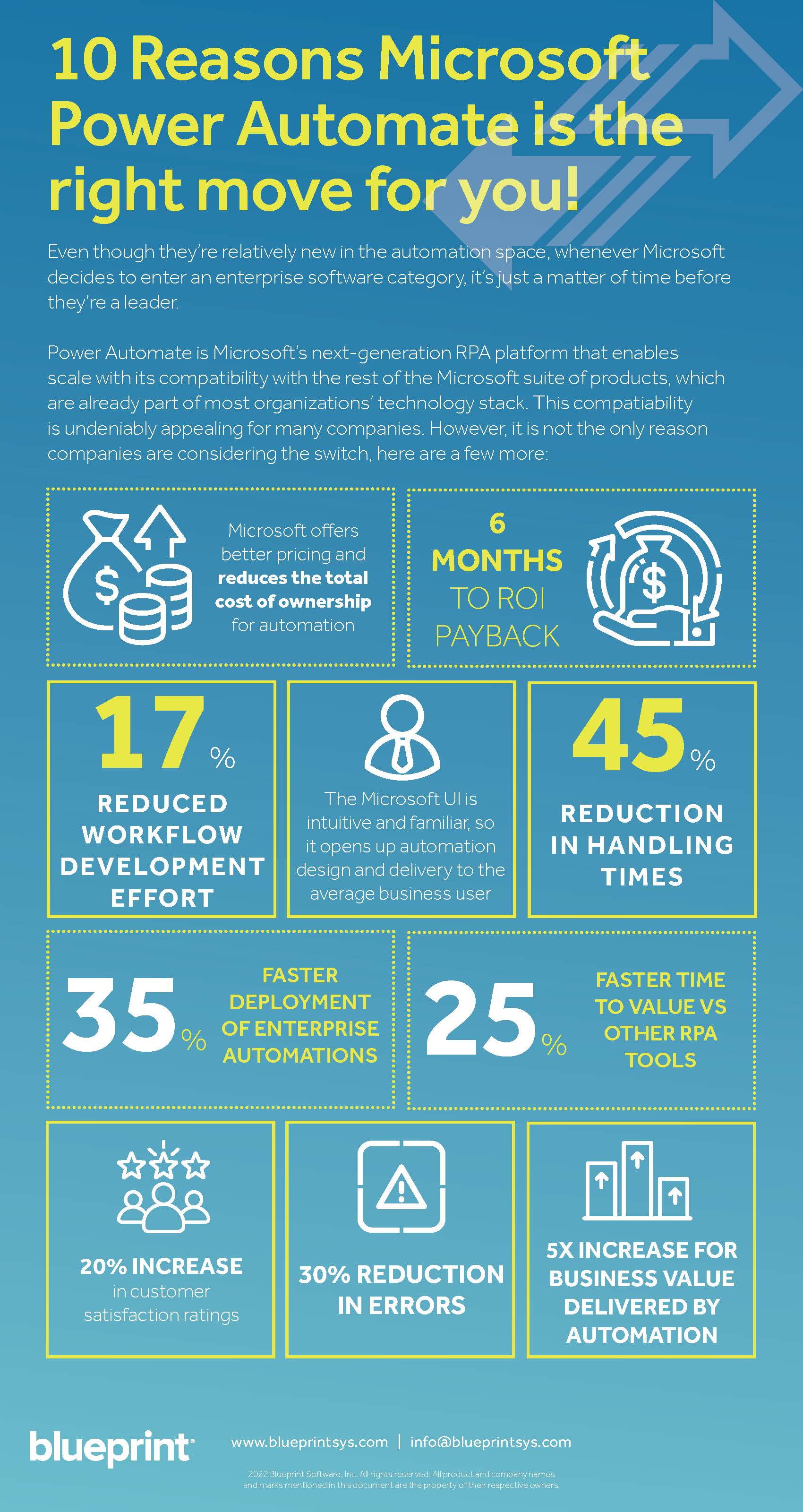3 Ways to Lower Automation Costs in the Face of a Pending Recession
There is a lot of chatter on how intelligent automation will become more widespread as organizations look for cost-cutting measures to combat an impending recession. In the face of high inflation, rising interest rates, and forced layoffs, automation is naturally a resource that will be leaned on to absorb losses in personnel and to ensure operational continuity.
Yet with the total cost of ownership for RPA (robotic process automation) being so high, how can the cost of automation itself be reduced so that it contributes to the tightening of enterprise belts as organizations stare a projected recession in the face?
These are three ways organizations can lower automation costs while getting the most out of their RPA practice in the face of a pending recession.
#1 – Assess your automation estate
The best and quickest way to reduce the total cost of ownership for your RPA practice is to assess your automation estate. A lot of organizations started their automation practices years ago with the help of third parties like service integrators and technical consultants. Fast-forward a few years, and companies find themselves not really knowing exactly what they have in their automation estates. On top of that, they’ve also experienced turnover coupled with subpar documentation practices, letting automation knowledge continually walk out the door.
What they’re left with is an inflated automation estate with a lot of duplicates, redundancies, and automated processes that are more expensive to maintain than the business value they’re delivering.
On average, 30% of automation estates are redundant. According to recent Blueprint research, companies spend an average of $480K on automation annually. That means $144,000 is being wasted.

There are solutions that provide instantaneous, robust analytics on your entire estate. They can tell you:
- how many automations you actually have in your RPA estate
- where there might be redundancies and duplicates
- which automated processes are unnecessarily complex and should be refactored to avoid costly maintenance and outages, and
- which aren’t delivering viable business value.
Assessing your automation estate is the sure-fire way to reduce the total cost of ownership for automation in the face of an impending recession.
#2 – Migrate your RPA Estate to a more cost-effective, powerful intelligent automation solution
It’s no secret that the traditional, legacy market leaders in RPA software are expensive. It’s the reason so many organizations are already migrating their automation estates onto more cost-effective and powerful intelligent automation platforms like Microsoft Power Automate, or at least investigating how they can do so.
The caveat is that traditionally, the only way to migrate entire RPA estates onto new automation platforms was to do so manually. Because RPA platforms specify process automations differently, each automation had to be investigated, understood, and then re-built from scratch to work in the destination solution. For example, a moderately complex automation could take up to 4-6 weeks and cost upwards of $20,000 to migrate just one bot.
That used to be the case. Technology evolves quickly, especially when there’s high market demand. There are purpose-built solutions that can automatically migrate your RPA estate and save you 60-75% of the time and effort than manual methods while also making your RPA estate better in the process.
In the face of a contracting economy, now might be a better time than ever to get off expensive, legacy RPA tools and reduce costs by moving to a more cost-effective intelligent automation solution like Microsoft Power Automate.
Learn More: 5 Ways Microsoft Power Automate Reduces Costs
3) Leverage existing investments in your current enterprise architecture
Companies already spend significant resources on their tech stack. Why not leverage all of those investments with the intelligent automation platform you implement?
Nearly all companies have a Microsoft footprint in their enterprise architecture. There’s no better intelligent automation platform than Microsoft Power Automate to capitalize on those investments while scaling automation across the organization.
For example, if you’re already using Microsoft Azure for cloud computing, Power Automate has direct and native integrations with over 25 Azure services that don’t come with any added costs. The same extensibility and ease of automation implementation can be applied to the rest of the products in Microsoft’s suite, whether it be Office 365, Dynamics, or Teams.
Whenever cost reduction is whispered, automation shoots up to the top of the list as a solution to contribute to that, yet few think about how an automation toolchain and practice can be optimized to lower costs and boost returns. In the face of an impending recession on all analysts’ lips, there are ways that you can help automation do its part.
Share this
Recent Stories

The Total Cost of Ownership Components to Consider for RPA Migrations

INFOGRAPHIC: 10 Reasons Microsoft Power Automate is the Right Move for You



